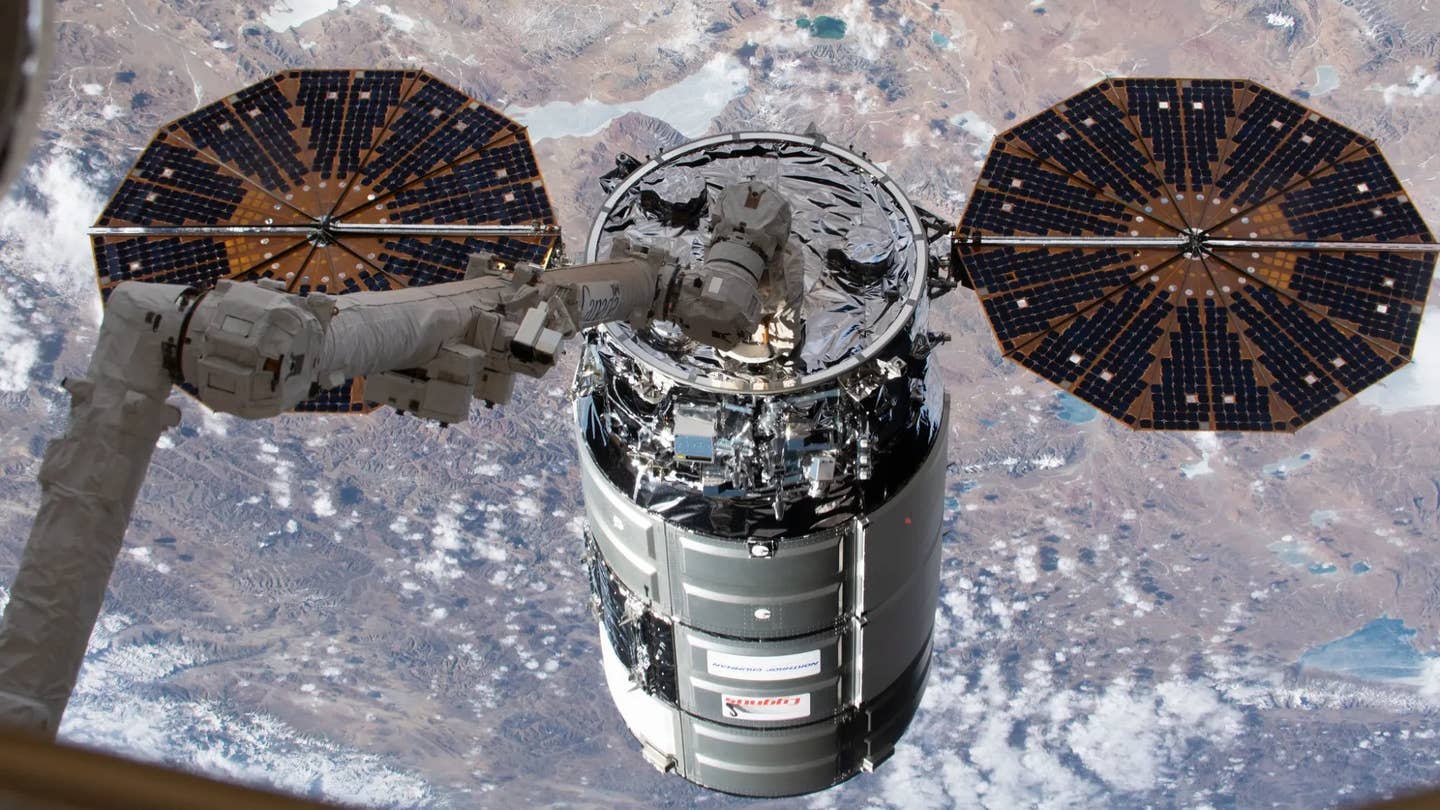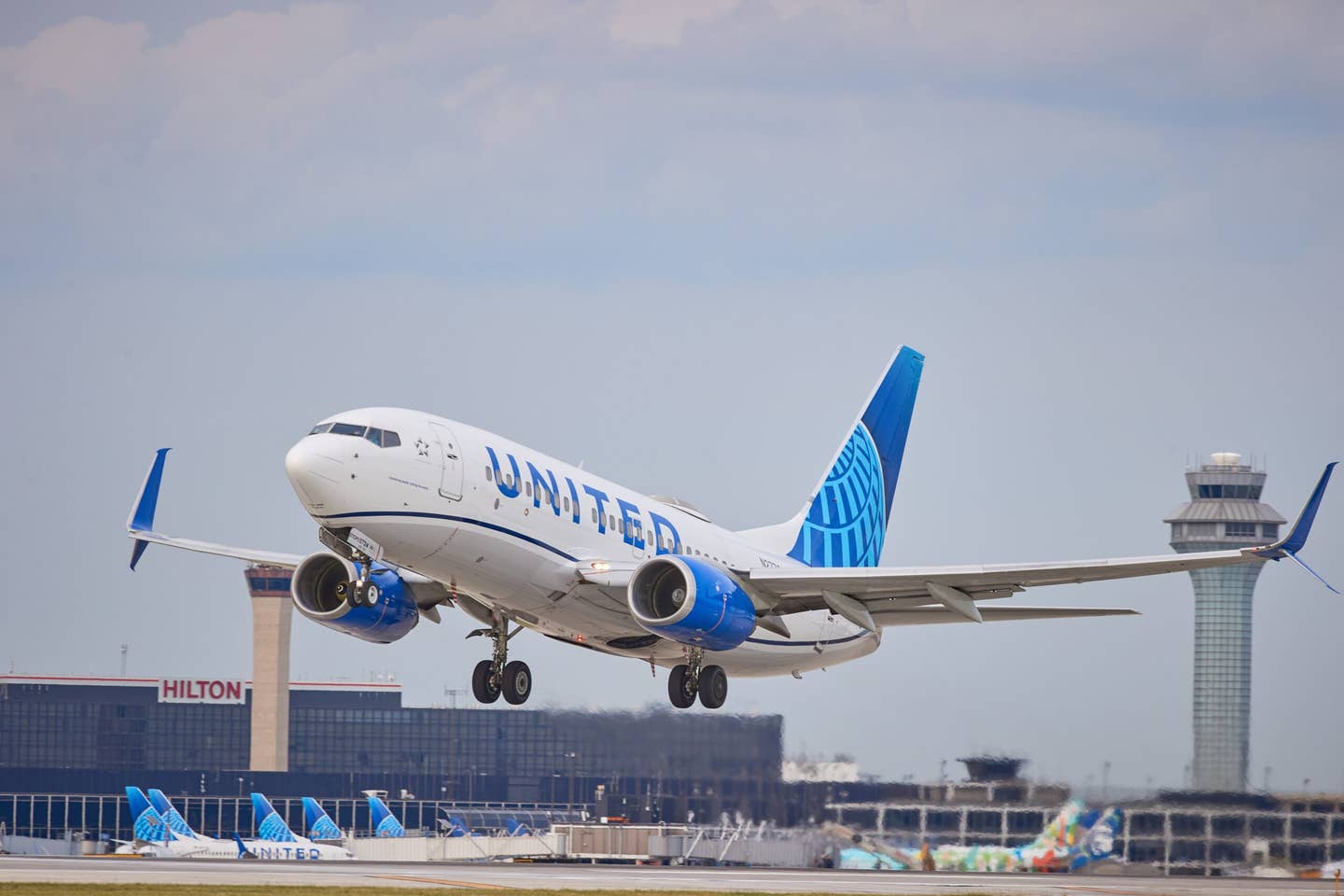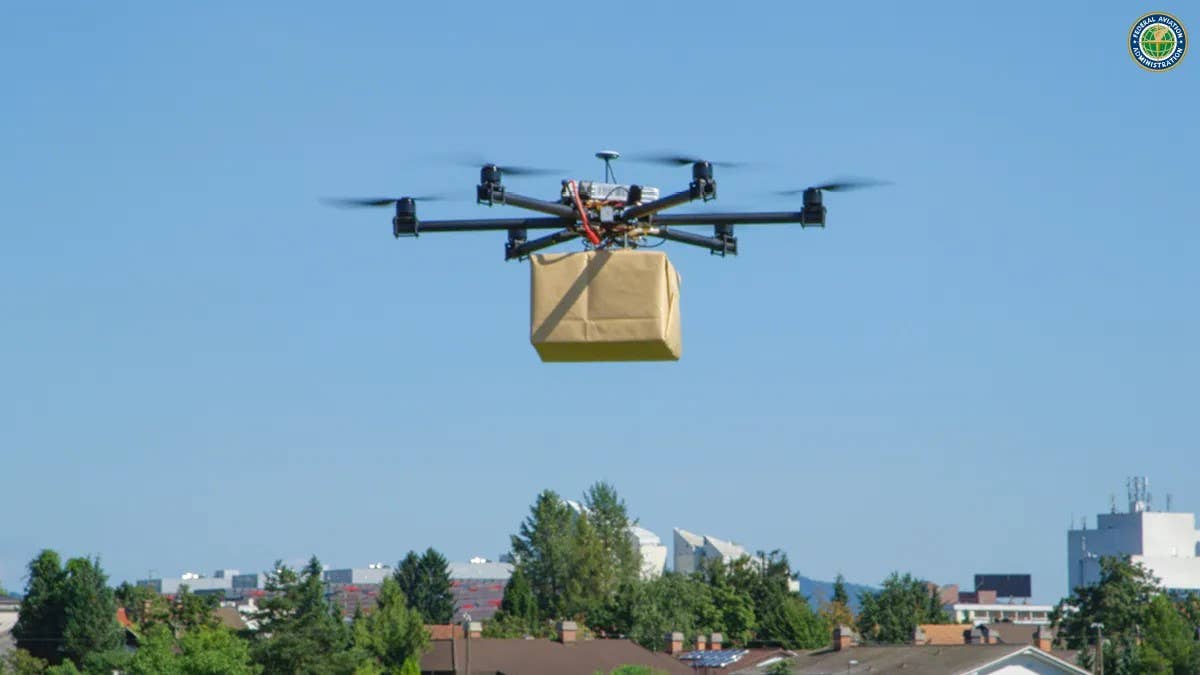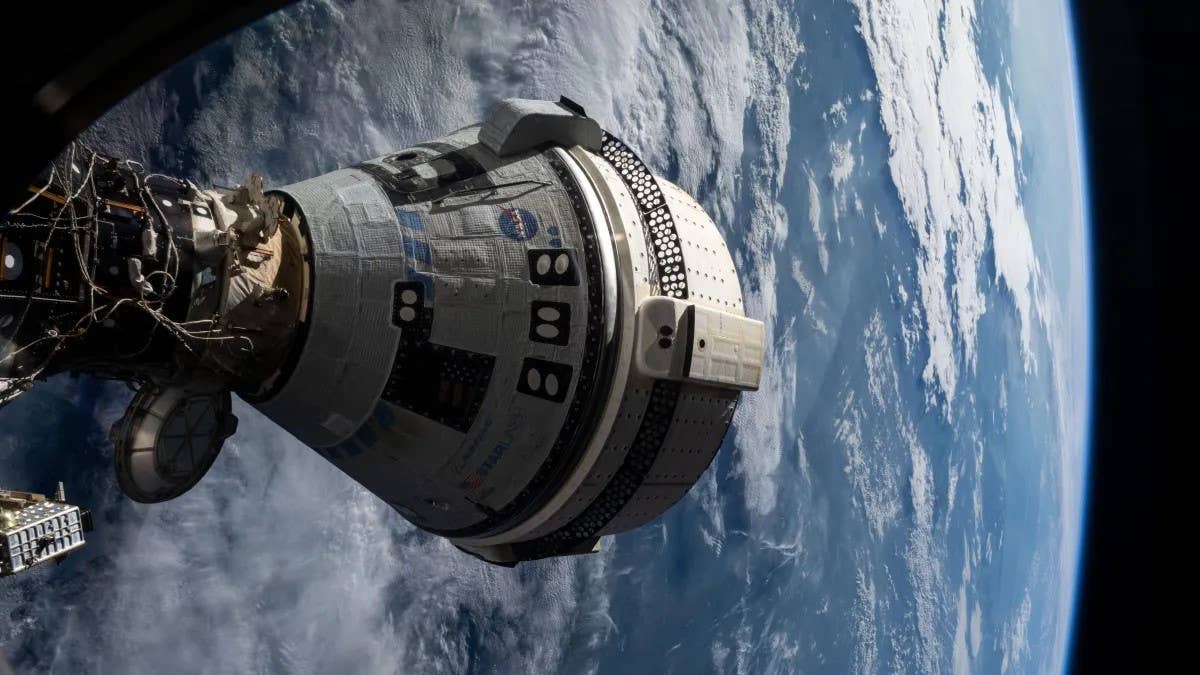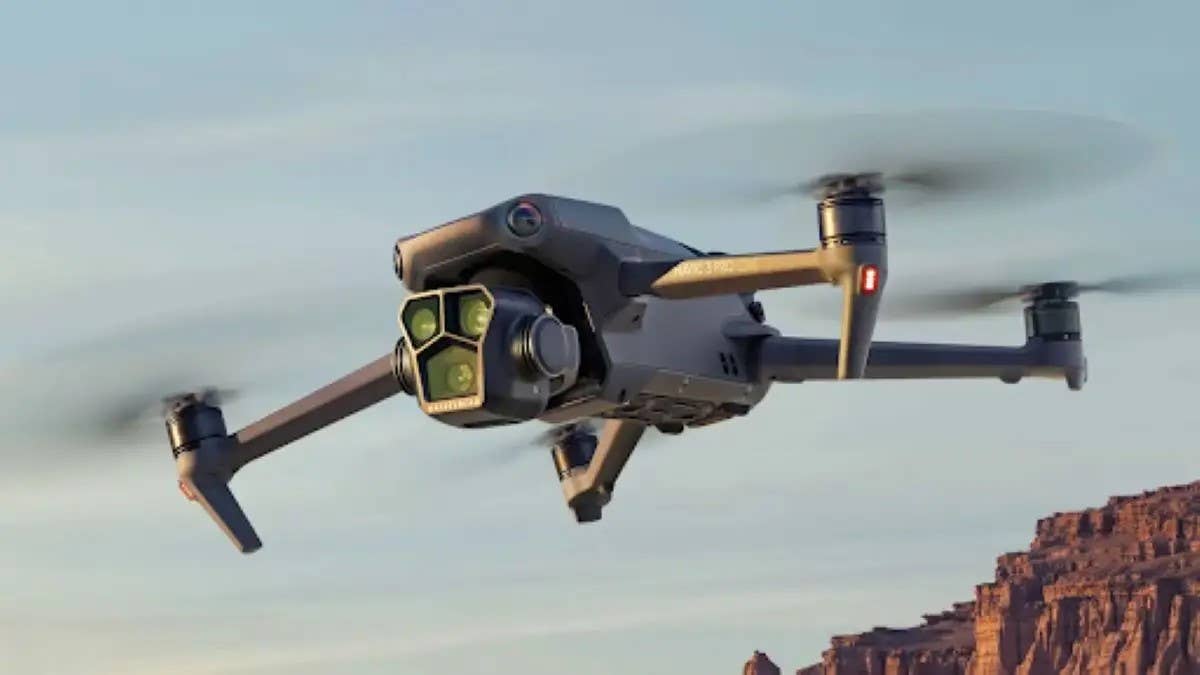Passengers Sue Boeing
The lawsuit has been filed on behalf of passengers from Alaska Airlines Flight 1282.
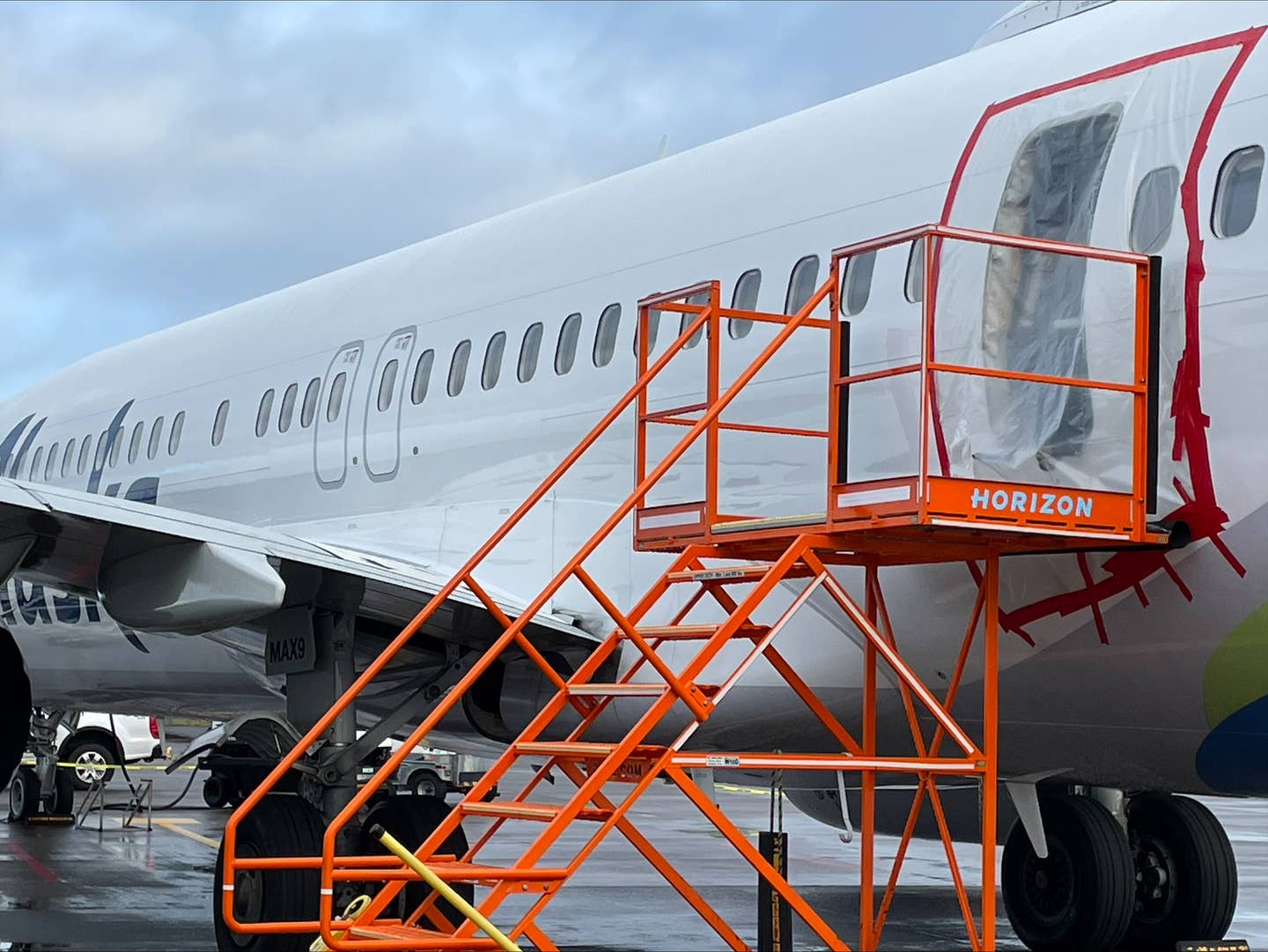
Six passengers have taken legal action against Boeing for the blowout of a door plug on an Alaska Airlines Boeing 737 Max 9. [Courtesy: NTSB]
Six passengers aboard an Alaska Airlines Boeing 737 Max 9 that lost a door plug in flight are suing Boeing for unspecified damages for "personal and economic harms" allegedly suffered as a result of the January 5 incident.
A seventh person, the husband of a passenger, is also named in the complaint filed in King County Superior Court on Thursday by the Stritmatter Firm in Seattle. The law firm specializes in personal injury cases.
What Happened
On January 5 at around 5 p.m. PST, Alaska Airlines Flight 1282 took off from Portland International Airport (KPDX) in Oregon destined for Ontario, California. Approximately 13 minutes into the flight as the aircraft climbed through 16,000 feet, the door plug blew off. There was explosive decompression that sucked cellphones and parts of the seats adjacent to the hole out of the aircraft. A 15-year-old boy sitting next to the hole had his shirt ripped off his body by the force of the event.
The flight crew declared an emergency and the aircraft returned to the airport. There were no serious injuries reported among the 177 on board.
However, according to the complaint, "the event physically injured some passengers and emotionally traumatized most if not all aboard. The violence of the event bruised the bodies of some. The cockpit door blew open, and a flight attendant rushed to try to close it. The pressure change made ears bleed, and combined with low oxygen, loud wind noise, and traumatic stress, made heads ache severely. Passengers were shocked, terrorized, and confused, thrust into a waking nightmare, hoping they would live long enough to walk the earth again."
The depressurization caused the oxygen masks to drop from the overhead panels. The complaint alleges that some of the oxygen masks "did not seem to work," and "the flight attendants sought to attend to children, questions and concerns, and carried oxygen bottles to some, but did not or could not help all those whose oxygen masks seemed not to be functioning."
Following the incident, the passengers aboard Flight 1282 received an email from Alaska Airlines providing them with a full refund."As an immediate gesture of care, within the first 24 hours, we also provided a $1,500 cash payment to cover any incidental expenses to ensure their immediate needs were taken care of,” the airline said. “The payment was provided without any stipulations or conditions. This is in addition to offering 24/7 access to mental health resources and counseling sessions from Empathia, our incident response and family assistance partner. We are in communication with our guests of Flight 1282 and will continue to work with them to address their specific needs and concerns."
FLYING reached out to Boeing regarding the complaint. The company replied that it has nothing to add.
Shortly after the event, Alaska Airlines voluntarily grounded its 737 Max 9s.
The National Transportation Safety Board (NTSB) and the FAA are investigating the incident, stressing that the safety of the traveling public is paramount.
Within hours of the incident, the F AA issued a worldwide grounding of all 737 Max 9 aircraft and instructed the operators to inspect them. The jet is widely used by both Alaska Airlines and United Airlines, two of the largest air carriers. Both have reported finding loose bolts during the inspection.
Both airlines have canceled hundreds of flights as result of the removal of the 737 Max 9 from operations.
The Investigation Continues
On January 11 the NTSB recovered the door plug of the airliner from a backyard in a Portland residential neighborhood. The door plug and other bits and pieces torn from the aircraft are being studied in the NTSB laboratory in Washington, D.C. Investigators are trying to determine what caused the door plug to disengage from the aircraft.
According to Clint Crookshanks, an NTSB aerospace engineer who is part of the structures team on the investigation, the door plug is held in place by 12 stop pads that interface with 12 pins to prevent it from blowing out of the fuselage. The door is installed using guide tracks and roller guides then secured with four bolts. Crookshanks noted the guide tracks from the door plug were fractured, but as of yet, the NTSB has not determined if the bolts that were supposed to secure the door failed or if they had even been installed.
The aircraft was delivered to Alaska Airlines in October 2023 and at the time of the accident had flown 145 flights. According to the NTSB, prior to the accident flight there were three maintenance write-ups made by the crews for air pressurization warning lights. The air pressurization system is a triple redundant system, with a primary and secondary that control cabin pressure by computer and a third system controlled manually. Maintenance issues were reported on December 7, January 3, and January 4.
The FAA allows aircraft to fly with these maintenance issues since it is considered a triple redundancy. However, the aircraft was limited to overland operations.
The NTSB said it will be investigating whether the warning lights were “correlated in any way to the expulsion of the door plug and the rapid decompression.” The agency said the probe into the blowout could take months.
The grounding of the twin-engine jets has resulted in hundreds of flight cancellations and delays.
In the meantime, the FAA is investigating Boeing to determine if the aerospace giant's manufacturing processes comply with the high safety standards the company is legally accountable to meet.
In a letter sent to Boeing on January 9, the agency stated that it had received notification of “additional discrepancies on other Boeing 737-9 airplanes” and noted these circumstances “indicate that Boeing may have failed to ensure its completed products conformed to its approved design and were in a condition for safe operation in accordance with quality system inspection and test procedures.”
Boeing has 10 days to respond to the FAA.
In the meantime, Spirit AeroSystems, a Boeing subcontractor, is also facing litigation for allegedly ignoring concerns raised by former employees about product quality. The complaint, filed in December, alleges corporate officials at the Wichita, Kansas-based company were repeatedly warned about “sustained quality failures” and “excessive amounts of defects,” but those concerns were ignored.
Employees allegedly discussed that it was only a matter of time before one of these substandard parts made it onto a jet delivered to a customer. Among the parts made by Spirit AeroSystems is the door plug that is used to turn a space for an optional emergency exit into a window. From the interior of the cabin, it looks like the other windows. From the exterior, the outline of the door is clearly seen on the fuselage.
In a statement to FLYING, Spirit AeroSystems indicated the company is cooperating with the NTSB's investigation.
In the meantime, the FAA said the 737 9 Max will stay grounded until all the aircraft have been inspected and found to be safe, noting “the safety of the flying public, not speed, will determine the timeline for returning the Boeing 737-9 Max to service.”
Today the FAA announced it is making changes in how it worked with Boeing to include an audit involving the Boeing 737-9 MAX production line and its suppliers to evaluate Boeing’s compliance with its approved quality procedures. The results of the FAA’s audit analysis will determine whether additional audits are necessary.
There will be an increase in monitoring of Boeing 737-9 MAX in-service events, along with an assessment of safety risks around delegated authority and quality oversight, and examination of options to move these functions under independent, third-party entities.
"It is time to re-examine the delegation of authority and assess any associated safety risks," FAA Administrator Mike Whitaker said. "The grounding of the 737-9 and the multiple production-related issues identified in recent years require us to look at every option to reduce risk. The FAA is exploring the use of an independent third party to oversee Boeing’s inspections and its quality system."

Subscribe to Our Newsletter
Get the latest FLYING stories delivered directly to your inbox

